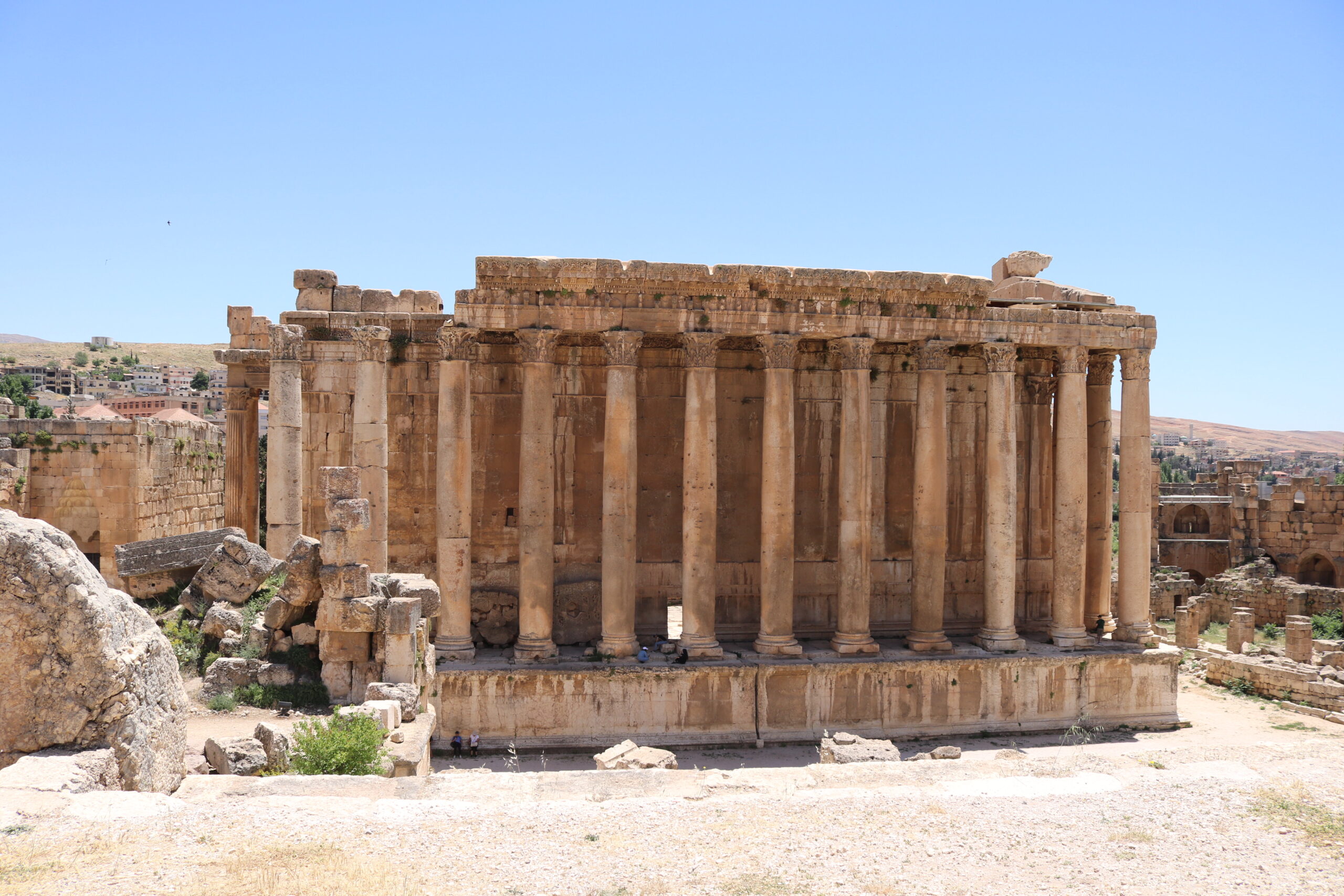Syria
Syria is a country located in the Middle East, bordered by Turkey to the north, Iraq to the east, Jordan to the south, Israel to the southwest, and Lebanon and the Mediterranean Sea to the west.
It’s important to note that the situation in Syria has been fluid and subject to rapid change due to the ongoing conflict and geopolitical dynamics in the region.
Quick facts
Capital: Damascus
Population: 17 million
Official language: Arabic is the official language, and Kurdish, Armenian, and Aramaic are also spoken by minority groups
Area: 185,180km²
Religion: The majority of Syrians are Muslims, with Sunni Muslims forming the largest religious group. There are also significant Christian and Druze minorities
Government: Syria is a unitary republic with a semi-presidential system. Bashar al-Assad has been president since July 2000, succeeding his father, Hafez al-Assad
Visa
Anyone who wants to get a visa to enter Syria needs to pre-arrange a tour with a guide
Money
the official currency of Syria is the Syrian Pound, abbreviated as SYP
The Syrian economy has faced significant challenges, including hyperinflation and a shortage of foreign currency reserves, which have had a profound impact on the purchasing power of the Syrian Pound and the overall economy. Additionally, international sanctions imposed on Syria have further complicated financial transactions and access to foreign currency
It’s advisory to change $ in Lebanon or through your travel guide
Is Syria safe?
Nowdays, you can only visit the areas which are controlled by the Syrian Government.
But it’s essential to understand that traveling to Syria poses significant risks to personal safety and you need to do a lot of research.
In March 2011, the Syrian Government decided to suppress the Arab Spring protests violently, an action that unleashed an armed conflict that later became a bloody civil war between tonnes of different groups supported by different foreign forces, including the USA, Iran, Russia, and Turkey.
Today, the war is “nearly” over in many parts of Syria, but it has become a fragmented country made of different regions controlled by distinct armed and ethnic groups, including Al-Nusra, the Free Syrian Army, the Kurds, the Islamic State – composed of sleeping cells mostly hiding and operating in the Syrian desert – and even Turkey and the USA.
It’s crucial to check the latest travel advisories and security updates from your country’s foreign affairs or state department before considering any travel to Syria.
There are various checkpoints thoughout the country and only on a way to Bosra (which is not controlled by the government by Syrian Free Army) they asked to show my passport.
I’ve been to Syria in 2022 and I can only say positive things about the country.


Must-see places in Syria
Syria, despite its current challenges, is historically and culturally rich, with many significant sites worth visiting. Here are some must-see places in Syria, though it’s important to note that access to these sites may be restricted or unsafe due to the ongoing conflict:
Damascus: The capital city of Syria, Damascus is one of the oldest continuously inhabited cities in the world. Its Old City is a UNESCO World Heritage Site and is known for its historical and architectural treasures, including the Umayyad Mosque and the ancient Street Called Straight.
Palmyra: Also known as Tadmur, Palmyra is an ancient city located in the Syrian desert. It was once a vital caravan stop and is famous for its well-preserved ruins, including the Temple of Bel, the Arch of Triumph, and the Valley of the Tombs.
Aleppo: Another UNESCO World Heritage Site, Aleppo was one of the oldest and most prosperous cities in the region before the conflict. Despite the damage inflicted by the war, some historic sites such as the Aleppo Citadel and the Great Mosque of Aleppo remain standing.
Crac des Chevaliers: This medieval castle is one of the best-preserved Crusader castles in the world. It is located near the town of Homs and offers a fascinating glimpse into the military architecture of the Crusader period.
Bosra: Located in southern Syria, Bosra is home to one of the best-preserved Roman theaters in the world. The city also boasts well-preserved Byzantine and Islamic-era structures.
Ugarit: An ancient port city located near the modern town of Latakia, Ugarit was an important center of trade and culture in the Bronze Age. Visitors can explore the ruins of the city and see its impressive archaeological discoveries, including the Royal Palace and the Ugaritic alphabet.
Maaloula: This picturesque village is known for its historic monasteries and churches, as well as its unique Aramaic-speaking population. Maaloula is one of the few places in the world where Aramaic, the language of Jesus, is still spoken.
- Hama: located in central Syria along the banks of the Orontes River, is a historically significant city with several notable attractions. Despite being affected by the ongoing conflict in Syria, Hama still retains its cultural and historical heritage.
These are just a few examples of the many historically and culturally significant sites in Syria. However, given the current situation in the country, it’s crucial to prioritize safety and security when considering any travel plans to Syria.







